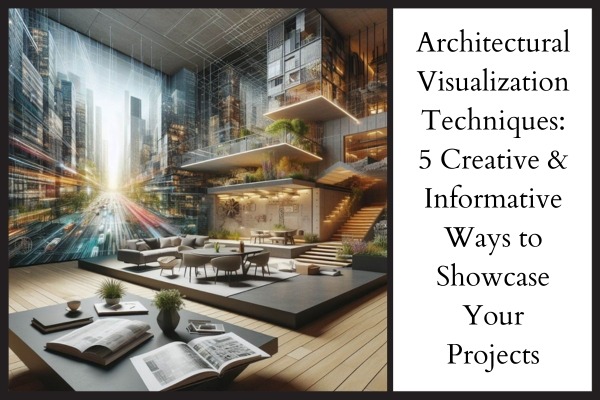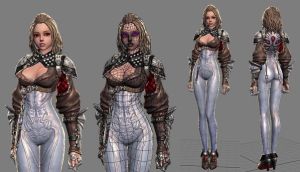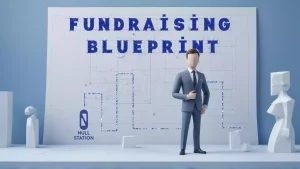Architectural animation is more than just eye-catching visuals; it’s a powerful tool that transforms static blueprints into dynamic, immersive experiences. Let’s explore how architectural animation revolutionizes design visualization and enhances our understanding of architectural concepts.
1. Dynamic Exploration of Spaces
Architectural animations allow us to virtually walk through spaces before they are built. Whether it’s a residential home, an office complex, or an entire cityscape, animations provide a continuous tour. We can experience spatial flow, lighting variations, and the interplay of materials. This dynamic exploration helps architects and clients validate design decisions and ensures that the envisioned spaces align with their expectations.
2. Realistic Contextualization
Imagine seeing a building rise from the ground, its windows opening to reveal breathtaking views. Architectural animations contextualize designs within their surroundings. We can witness how a high-rise interacts with neighboring structures, how sunlight filters through trees, and how pedestrians move along sidewalks. This realism aids decision-making, especially in urban planning and large-scale developments.
3. Communicating Complex Concepts
Static renderings often struggle to convey complex architectural ideas. Animations, on the other hand, break down barriers. They illustrate intricate assembly sequences, structural systems, and material transitions. Whether it’s demonstrating how a kinetic facade operates or showcasing the flow of natural ventilation, animations communicate complex concepts effectively.
4. Stakeholder Engagement
Architectural animations bridge the gap between technical jargon and experiential comprehension. When presenting designs to clients, investors, or community members, animations create a shared vision. Stakeholders can visualize the end result, fostering confidence and buy-in. This engagement is crucial for successful project execution.
5. Design Iteration and Troubleshooting
Animations facilitate design iteration. Architects can explore different options, test variations, and identify potential issues. For example, an animation might reveal that a particular circulation path creates congestion or that a specific material choice affects acoustics. By troubleshooting virtually, architects can refine their designs before construction begins.
In summary, architectural animation transcends static drawings, allowing us to experience designs in motion. It empowers architects, enriches client communication, and shapes the future of architectural visualization. As we continue to embrace this transformative technology, our built environment will benefit from more informed, efficient, and captivating designs. 🏗️🌆
Conclusion
Architectural animation has undeniably transformed the way we perceive and interact with architectural designs. By offering dynamic, immersive, and informative experiences, it empowers architects, clients, and stakeholders to make informed decisions, enhance collaboration, and bring architectural visions to life.
As technology continues to advance, we can anticipate even more groundbreaking applications of architectural animation, shaping the future of the built environment.
FAQs
Q: What is the difference between architectural animation and architectural rendering?
Architectural rendering is a static image that captures a single moment in time. Architectural animation is a sequence of images that create the illusion of motion, providing a dynamic and immersive experience.
Q: Is architectural animation expensive?
The cost of architectural animation varies depending on the complexity of the project, the desired level of detail, and the chosen software. While it can be an investment, the benefits in terms of improved communication, design refinement, and client satisfaction often outweigh the costs.
Q: What software is commonly used for architectural animation?
Several software options are available for creating architectural animations. Popular choices include Autodesk 3ds Max, Cinema 4D, Blender, and Unreal Engine. The best software for your project will depend on your specific needs and budget.
Q: Can architectural animation be used for interior design?
Absolutely! Architectural animation is a versatile tool that can be used to visualize both exterior and interior spaces. It can effectively showcase furniture layouts, lighting, and material finishes.
Q: How long does it take to create an architectural animation?
The production time for an architectural animation depends on factors such as the project’s complexity, the required number of shots, and the desired level of detail. Typically, it can range from a few days to several weeks.





